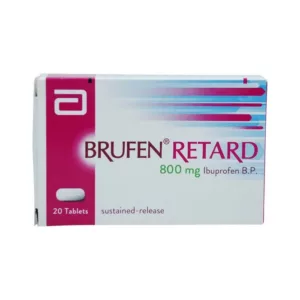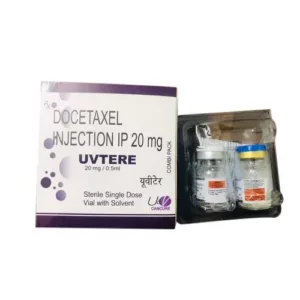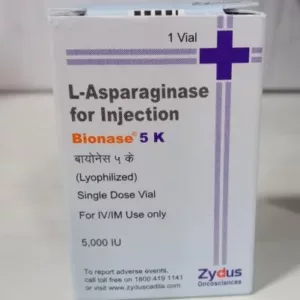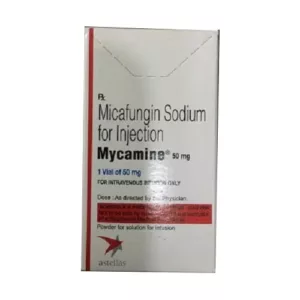Plasma lipoproteins are spherical particles containing varying amounts of cholesterol, triglycerides, phospholipids and proteins. The phospholipids, free cholesterol and protein constitute the outer surface of the lipoprotein particle, while the inner core contains mostly esterified cholesterol and triglyceride. These particles serve to solubilize and transport cholesterol and triglyceride in the bloodstream. The relative proportions of protein and lipid determine the density of these lipoproteins and provide a basis on which to begin their classification. The classes are: chylomicron, very low-density lipoprotein (VLDL), low-density lipoprotein (LDL) and high-density lipoprotein (HDL). Numerous clinical studies have shown that the different lipoprotein classes have very distinct and varied effects on coronary heart disease risk. The principle role of HDL in lipid metabolism is the uptake and transport of cholesterol from peripheral tissues to the liver through a process known as reverse cholesterol transport (a proposed cardio protective mechanism). Low HDL-C levels are strongly associated with an increased risk of coronary heart disease and coronary artery disease. Hence, the determination of serum HDL-C is a useful tool in identifying highrisk patients. The Adult Treatment Panel of the National Cholesterol Education Program (NCEP) recommends that in all adults 20 years of age and over, a fasting lipoprotein profile (total cholesterol, LDL cholesterol, HDL cholesterol and triglyceride) should be obtained once every five years to screen for coronary heart disease risk. The reference method for the quantification of HDL-C combines ultracentrifugation and chemical precipitation to separate HDL from other lipoproteins, followed by cholesterol measurement by the Abell-Kendall method. The first routine methods widely utilized by laboratories involved selective precipitation and removal of LDL and VLDL, followed by the enzymatic measurement of HDL-C in the supernatant fraction. Since these methods require off-line pretreatment and separation steps the assay procedures cannot be fully automated. As a result, routine determination of HDL-C has suffered from long handling times and poor reproducibility
Liquimax HDL Cholesterol
OthersContact Seller for Price
Shipping is chargableINTENDED USE: LiquiMAX HDL Cholesterol – Direct Kit is intended for the quantitative determination of HDL- Cholesterol concentration in human serum and plasma.
PRODUCT FEATURES:
• Liquid Stable, Ready to use, Two Reagents. (3 Parts R1+ 1 Part R2)
• 10 Minutes Assay
• Linearity 200 mg/dl Ÿ Results Correlate with other Reference Methods.
• Meets NCEP Guidelines. Ÿ Works well with Fasting & Non fasting patient samples.
• Precision with high triglyceride samples.
• Measuring Wavelength 546 nm (Monochromatic), 660/546 nm (Bichromatic)
• Lyophilized Calibrator provided
• Serum / Heparinized or EDTAPlasma as Specimens
• Multi Purpose Reagents and System Pack
Free shipping on orders over $10000!
- No-Risk Money Back Guarantee!
- No Hassle Refunds
- Secure Payments
Description
Vendor Info
Vendor Information
- Store Name: Avecon Healthcare
- Vendor: Avecon Healthcare
- No ratings found yet!
More Products
- Express Checkout
- Express Checkout
-
LiquiMAX CHOLESTEROL-SLR (5 Minutes End Point) (CHOD/PAP TRINDER’S METHOD)
Others Contact Seller for Price -
LiquiMAX LDL Cholesterol – Direct (4th Generation/Homogenous/Direct)
Others Contact Seller for Price











